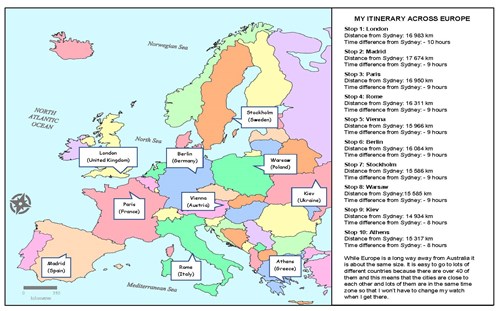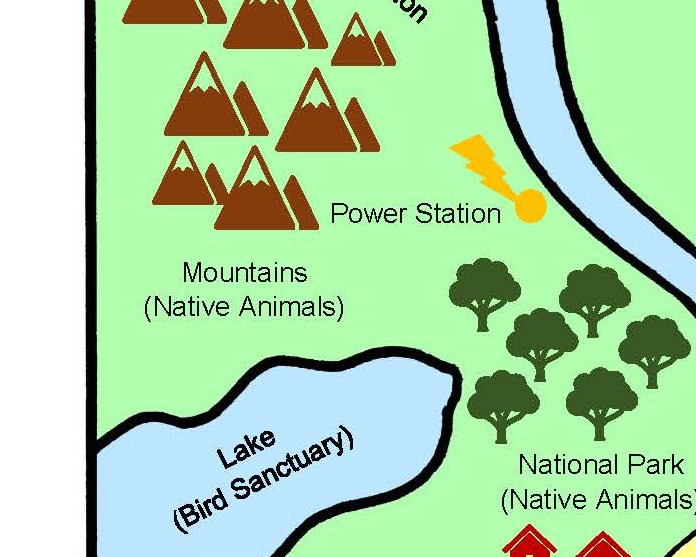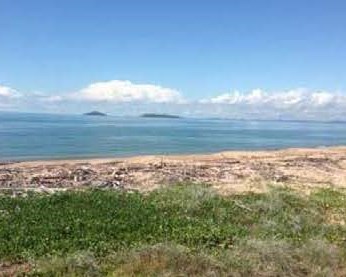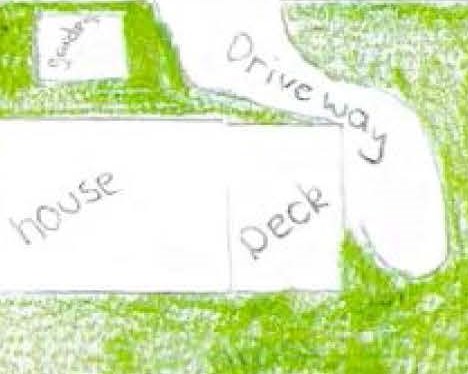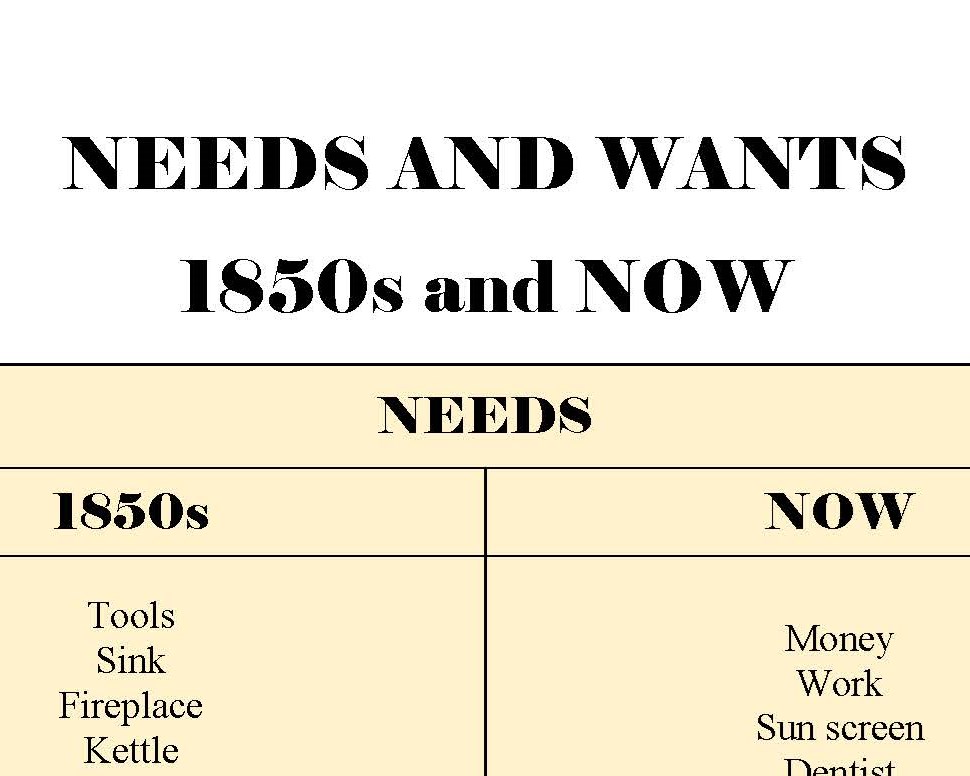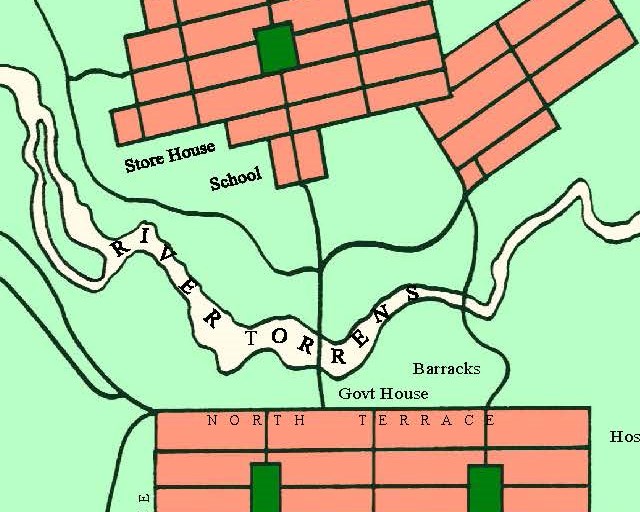Travel itinerary
Summary of task
Students were asked to produce a map depicting the position, distance and direction of places in the northern hemisphere relative to a location in eastern Australia. The map was to be presented as an itinerary for a potential round-the-world journey by aeroplane. Students used wall maps, atlases and digital resources to locate the information and presented their findings using digital templates provided by the teacher. The task was completed in class in two 50-minute lessons.
Achievement standard
By the end of Year 5, students describe the location of selected countries in relative terms. They explain the characteristics of places in different locations at local to national scales. They identify and describe the interconnections between people and the human and environmental characteristics of places, and between components of environments. They identify the effects of these interconnections on the characteristics of places and environments. They identify and describe different possible responses to a geographical challenge.
Students develop appropriate geographical questions for an investigation. They locate, collect and organise data and information from a range of sources to answer inquiry questions. They represent data and the location of places and their characteristics in graphic forms, including large-scale and small-scale maps that use the cartographic conventions of border, scale, legend, title and north point. They describe the location of places and their characteristics using compass direction and distance. Students interpret maps, geographical data and other information to identify and describe spatial distributions, simple patterns and trends, and suggest conclusions. They present findings and ideas using geographical terminology in a range of communication forms. They propose action in response to a geographical challenge and identify the possible effects of their proposed action.

